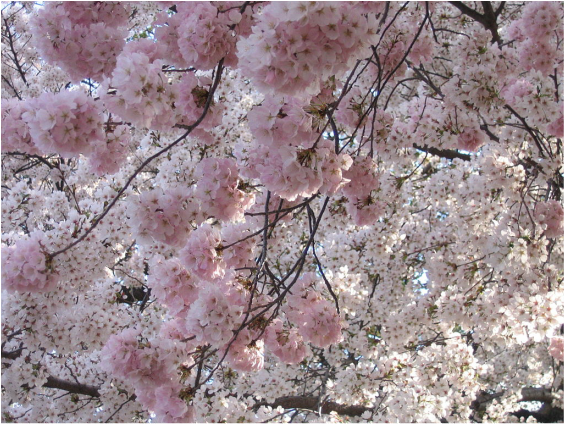 Washington DC Tidal Basin Cherry Blossoms by Andrew Bossi
Washington DC Tidal Basin Cherry Blossoms by Andrew Bossi With the occurrence of the spring equinox, there are many cultural and religious celebrations of life, renewal, bounty, and freedom. Over 300 million people celebrate the Persian festival of Nowruz. In South Asia, there are festivals for Chaitra Sukladi, Ugadi, Gudi Padava, Chetti Chand, Navreh, Sajibu Cheiraoba, and more. Pagans celebrate Ostara. There will be Easter egg hunts and Passover Seders.
In Washington, DC, celebration of the National Cherry Blossom Festival began on March 20 and continues through April 12. Noting, and celebrating, the timing of cherry blossoms in DC is a tradition that originated in Japan. The DC Festival commemorates the friendship between the US and Japan that was symbolized by a gift of 3,000 cherry trees from Tokyo’s mayor in 1912 to our nation’s capital.
The cherry blossoms in Kyoto, Japan are perhaps the oldest example of a spring tradition that has proven useful to climate change research. For centuries, the exact timing of annual cherry blossom festivals varied depending on the peak flowering of Japanese mountain cherries, which in turn varied depending on the warmth of the weather. Because the festivals were timed to coincide with peak blooms, and the timing of blooms were tied directly to spring temperatures, scientists can now estimate past spring temperatures based on timing of historic festivals. Good records of the festival dates go back to the 15th and 16th centuries, and some, though less complete, records go back as far as the 11th century.
In addition to old traditions of noting when flowers bloom, there are traditions of noting when birds and insects arrive on their migration, when insects emerge, and a host of other observations about the timing the spring. Instead of festivities and dancing around maypoles, in citizen science projects, the traditions involve following field protocols. Either way, it is time to notice the natural world during a change in season. As more cultural traditions to connect with nature seem to lost over time, citizen science is filling those gap with scientific hobbies.
Spring citizen science is the theme for the March #CitSciChat, a monthly Twitter chat session co-sponsored by SciStarter and the NC Museum of Natural Sciences. Join us for the March #CitSciChat on Wednesday March 25, 7pm GMT, which is 3pm ET in the US.
Follow our March guest panelists who represent a variety of projects relevant to tracking spring, including the Migratory Dragonfly Partnership (@Dragonfly_MDP), Journal North (@journeynorthorg), Operation Rubythroat (@rubythroat1), the Monarch Larva Monitoring Project (@MLMPCitSci), BudBurst (@PBudBurst), eBird (@Team_ebird), and Snapshot in Time (@OrianneSociety).
We’ll discuss springtime scientific discoveries, education lesson plans, best practices for project design, and what’s on the horizon for citizen science.
In Washington, DC, celebration of the National Cherry Blossom Festival began on March 20 and continues through April 12. Noting, and celebrating, the timing of cherry blossoms in DC is a tradition that originated in Japan. The DC Festival commemorates the friendship between the US and Japan that was symbolized by a gift of 3,000 cherry trees from Tokyo’s mayor in 1912 to our nation’s capital.
The cherry blossoms in Kyoto, Japan are perhaps the oldest example of a spring tradition that has proven useful to climate change research. For centuries, the exact timing of annual cherry blossom festivals varied depending on the peak flowering of Japanese mountain cherries, which in turn varied depending on the warmth of the weather. Because the festivals were timed to coincide with peak blooms, and the timing of blooms were tied directly to spring temperatures, scientists can now estimate past spring temperatures based on timing of historic festivals. Good records of the festival dates go back to the 15th and 16th centuries, and some, though less complete, records go back as far as the 11th century.
In addition to old traditions of noting when flowers bloom, there are traditions of noting when birds and insects arrive on their migration, when insects emerge, and a host of other observations about the timing the spring. Instead of festivities and dancing around maypoles, in citizen science projects, the traditions involve following field protocols. Either way, it is time to notice the natural world during a change in season. As more cultural traditions to connect with nature seem to lost over time, citizen science is filling those gap with scientific hobbies.
Spring citizen science is the theme for the March #CitSciChat, a monthly Twitter chat session co-sponsored by SciStarter and the NC Museum of Natural Sciences. Join us for the March #CitSciChat on Wednesday March 25, 7pm GMT, which is 3pm ET in the US.
Follow our March guest panelists who represent a variety of projects relevant to tracking spring, including the Migratory Dragonfly Partnership (@Dragonfly_MDP), Journal North (@journeynorthorg), Operation Rubythroat (@rubythroat1), the Monarch Larva Monitoring Project (@MLMPCitSci), BudBurst (@PBudBurst), eBird (@Team_ebird), and Snapshot in Time (@OrianneSociety).
We’ll discuss springtime scientific discoveries, education lesson plans, best practices for project design, and what’s on the horizon for citizen science.
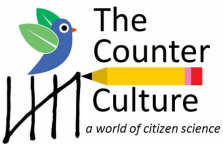
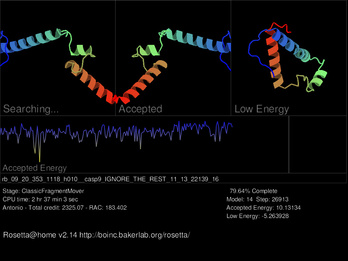
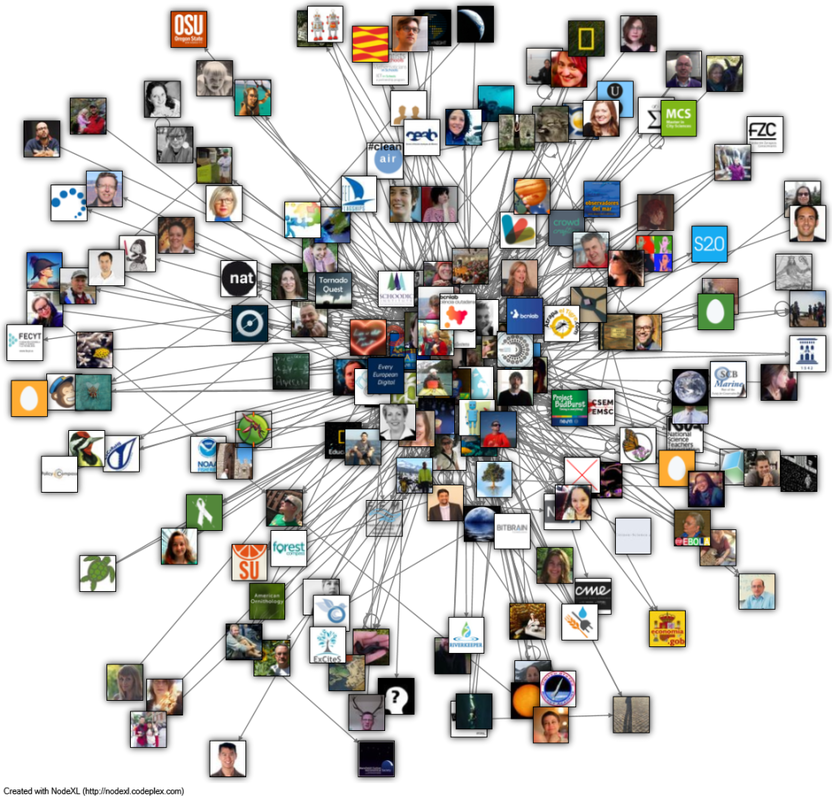
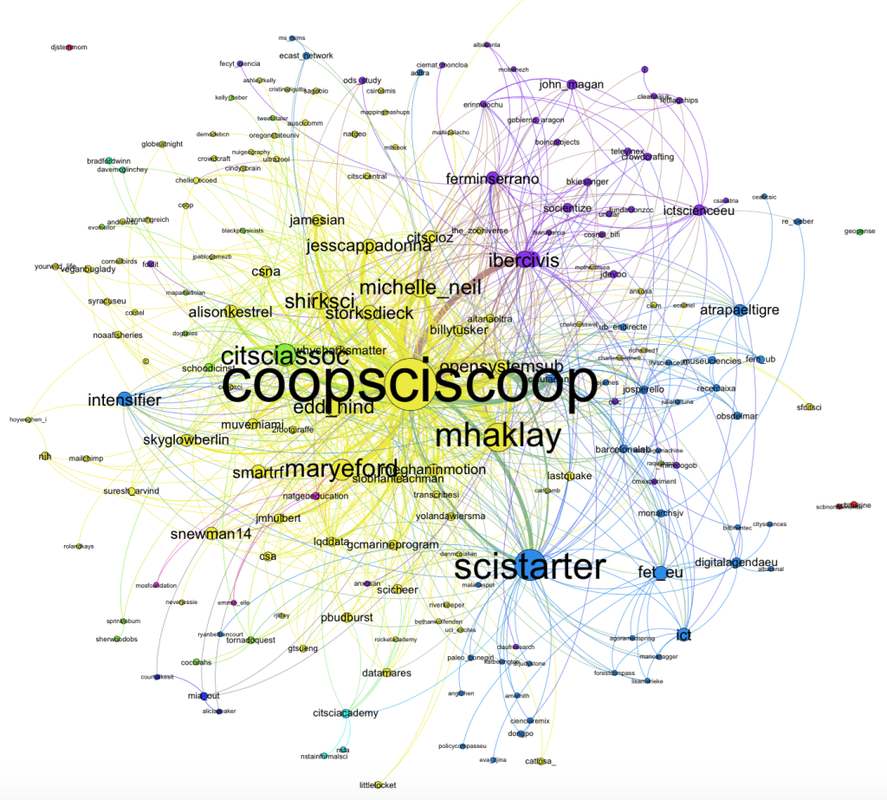
 RSS Feed
RSS Feed
